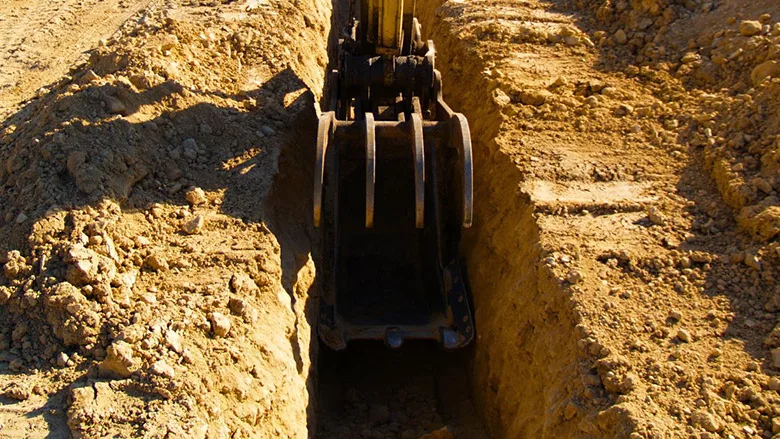Addressing the Silent Danger: Trench Cave-Ins and Worker Safety Failures

Source: Getty Images Signature
Trench collapses remain one of the most deadly hazards in the construction and drilling industries, despite being entirely preventable. Over the past decade, 250 workers have lost their lives in trench cave-ins, a stark reminder of the ongoing challenges in workplace safety.
These fatalities often result from a failure to implement proper safety measures, including the use of trench boxes, sloping, and other protective systems designed to prevent the sides of a trench from caving in. Below we will analyze the risks of trench collapses along with how to prevent them moving forward. After all, as more and more major news sources like NPR begin to recognize the dangers of trench collapses, it’s time the industry follows suit and makes adjustments with transparency and safety in mind.
Understanding the Risks
Trenches are essential in many construction and drilling projects, providing access to underground utilities, pipelines, and other critical infrastructure. However, they also pose significant risks when not properly secured. The weight of soil, often underestimated, can collapse without warning, burying workers in seconds. This danger is compounded by the presence of water, which can turn the soil into a dense, suffocating slurry.
A recent investigation highlighted the preventable nature of these tragedies, revealing that many trench collapses occur because employers ignore federal regulations set by the Occupational Safety and Health Administration (OSHA). These regulations mandate the use of trench boxes, proper sloping, and regular inspections by a competent person. Yet, despite these clear guidelines, some companies continue to cut corners, prioritizing cost savings over worker safety.
Case Studies: The Human Cost
The human stories behind these statistics are heartbreaking. One such case involved a trench collapse in Boston, where two workers lost their lives because their employer failed to install a trench box. This incident was not an isolated one; the company had previously been cited multiple times by OSHA for similar safety violations.
Another tragic case in Oklahoma City saw a 61-year-old pipe layer killed when a nine-foot trench collapsed. According to OSHA Area Director Steven Kirby in Oklahoma City, “No one should ever be allowed to enter or work in an excavation without required protective systems in place and without inspection of the trench by a qualified person. Despite numerous warnings and notices of violations for failing to protect employees in trenches, Jerlow Construction has joined the all-too-long list of employers whose defiance of federal regulations resulted in a preventable loss of life. Their failures are inexcusable.”
Despite a history of safety violations, the employer (Jerlow Construction Co.) once again failed to implement the necessary protections, leading to yet another avoidable death. These stories serve as sobering reminders of the critical importance of adhering to safety protocols.
The Role of OSHA and Industry Responsibility
OSHA plays a crucial role in enforcing safety standards, conducting between 1,500 and 2,000 trench inspections annually. However, with millions of active work sites across the country, resources are stretched thin, and enforcement is challenging. This reality underscores the need for industry leaders to take proactive measures to ensure workplace safety.
The costs of implementing safety measures ... are far outweighed by the value of human life.
Employers must recognize that the costs of implementing safety measures, such as trench boxes and regular inspections, are far outweighed by the value of human life. The fines and penalties imposed by OSHA, though significant, cannot compare to the irreversible loss of life and the emotional toll on the families of the victims.
Prevention: The Path Forward
Preventing trench collapses requires a commitment to safety from all levels of the industry. This includes empowering workers to speak up when they feel unsafe, ensuring that competent personnel are on-site to assess risks, and implementing the necessary protective systems for every trench, regardless of depth.
Moreover, continuous education and training on soil classification, sloping, and the use of protective equipment are essential. As we celebrate yet another Labor Day, a time to honor the contributions of workers, it is imperative to reflect on the importance of protecting those who build our infrastructure.
At the end of the day, trench collapses are preventable tragedies that should no longer be tolerated in the construction and drilling industries. By adhering to safety regulations, investing in protective systems, and fostering a culture of safety, we can prevent future fatalities and ensure that every worker returns home safely at the end of the day.
Looking for a reprint of this article?
From high-res PDFs to custom plaques, order your copy today!






